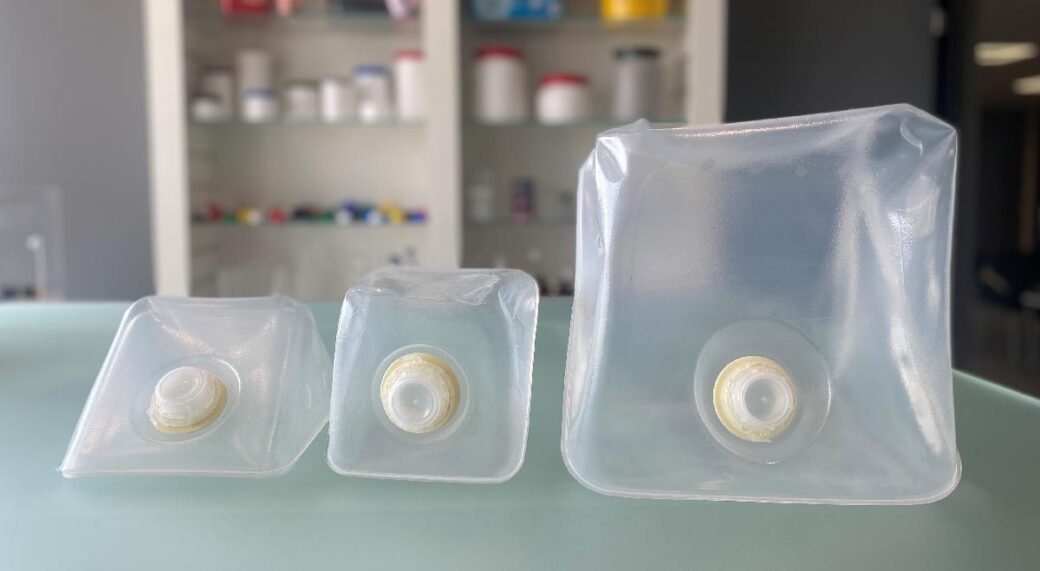What kinds of head protection equipment are there?
Heads are vulnerable, and that is why good head protection is important. If there is a risk of head injury during work, there is a legal obligation to wear head protection equipment.
Legal obligations
Employers have a duty of care for the safety and health of their employees in relation to the work being done. If head protection equipment is required by law, then it must be provided to the employees. In addition, the user, in this case the employee, must be instructed in the use of the protective equipment. In turn, their employees are obliged to use the provided protective equipment.
Types of head protection
The choice of the type of head protection depends on the hazard to which the user could be exposed. In general, head protection gear can be classified into two categories: head coverings and safety helmets.
-
A head covering is worn when the following risks are possible:
- light knocks (bump cap)
- scalping or hygiene (hair net)
- burning or contamination (cap)
- cold (woolly hat)
-
A safety helmet is worn when the following risks are possible:
- collisions
- falling objects
- spatters
- chemicals
- electrical shock
- bumps
The choice for a safety helmet or a head covering is evident in the risk inventory and evaluation (RI&E) and the action plan. The action plan contains advice, based on the risks (potential) you are exposed to.
Norms and marking
A safety helmet must comply with the European norm EN 397 ‘Industrial safety helmets’ and has a CE-marking. Its components include shock absorption (falling round weight), helmet shell penetration (pointed falling weight), not flammable, durability and matters like sizes, max. weight, dimensions and marking. In addition, this EN 397 norm specifies that information must be printed on the inside of the helmet, such as which CE-marking the helmet has and what material it’s made of.
Head coverings, in this case the bump caps, are covered by the norm EN 812. A bump cap can be worn in situations when the wearer can bump their head against static and stationary (fixed) objects, with a risk of slight superficial injury. The bump cap is not suitable as protection against the effects of falling objects or moving and/or shifting masses or objects.
If you are not sure, we advise you to choose head protection meeting the EN 397 norm.
Other protective equipment
- Respiratory protective equipment
- Hand protective equipment
- Eye and face protective equipment
- Foot protective equipment
- Fall prevention equipment
Contact
Review our offer of head protection products in our digital catalogue and request an estimate.







